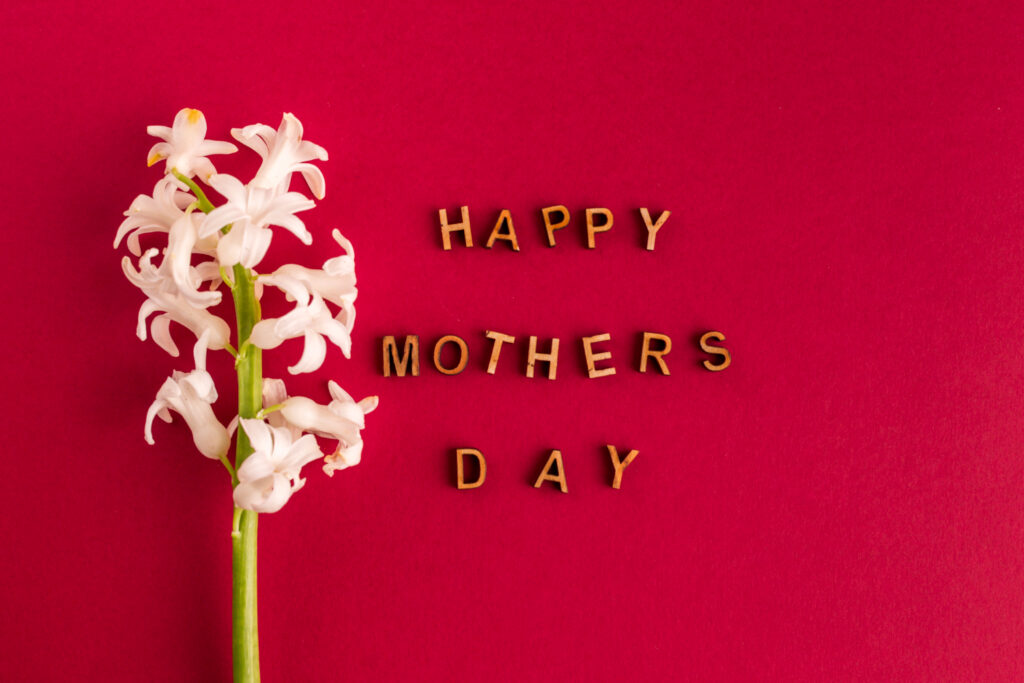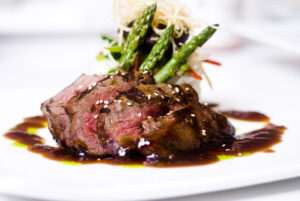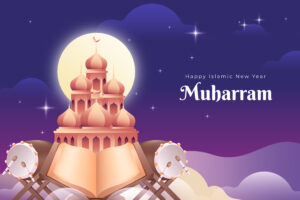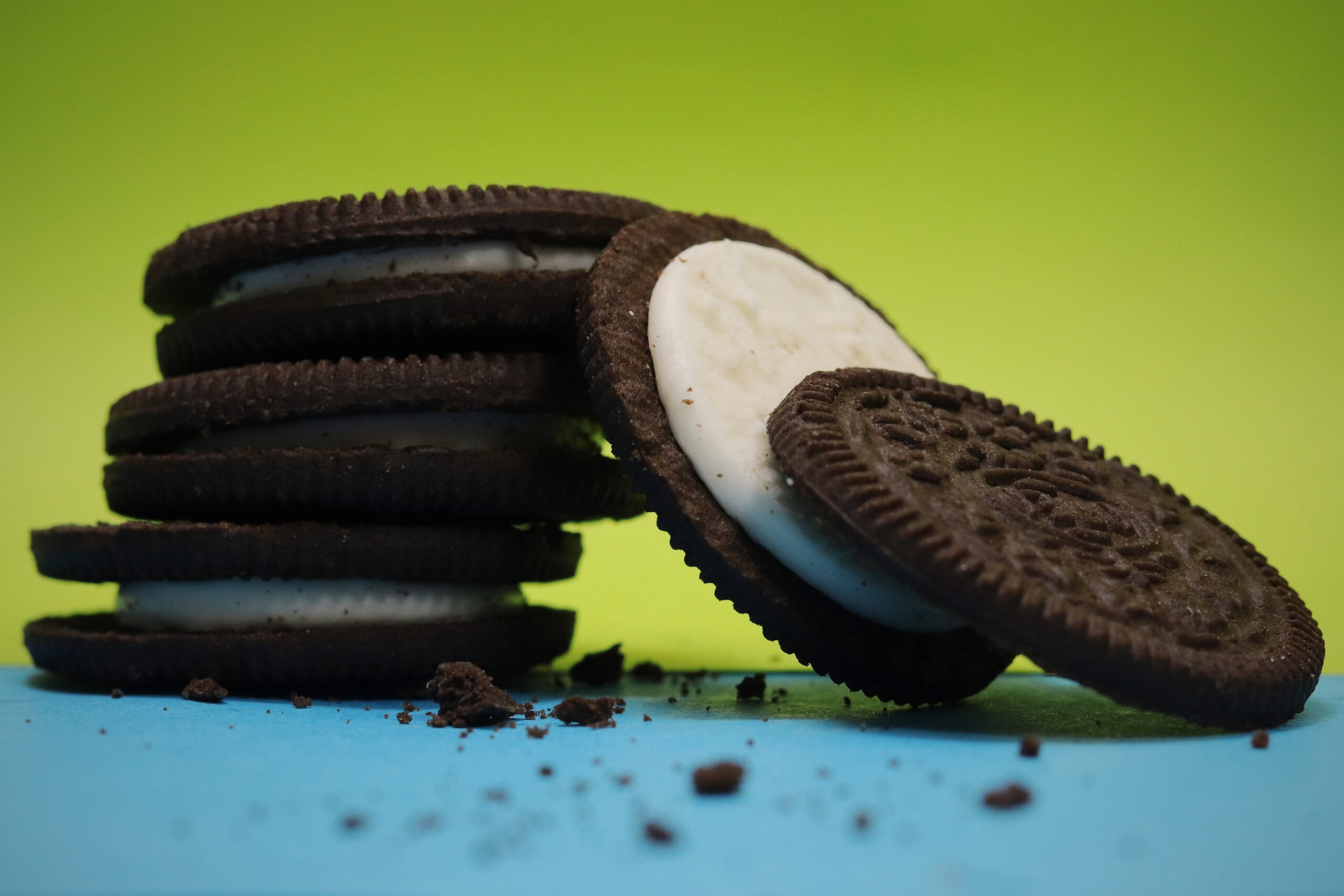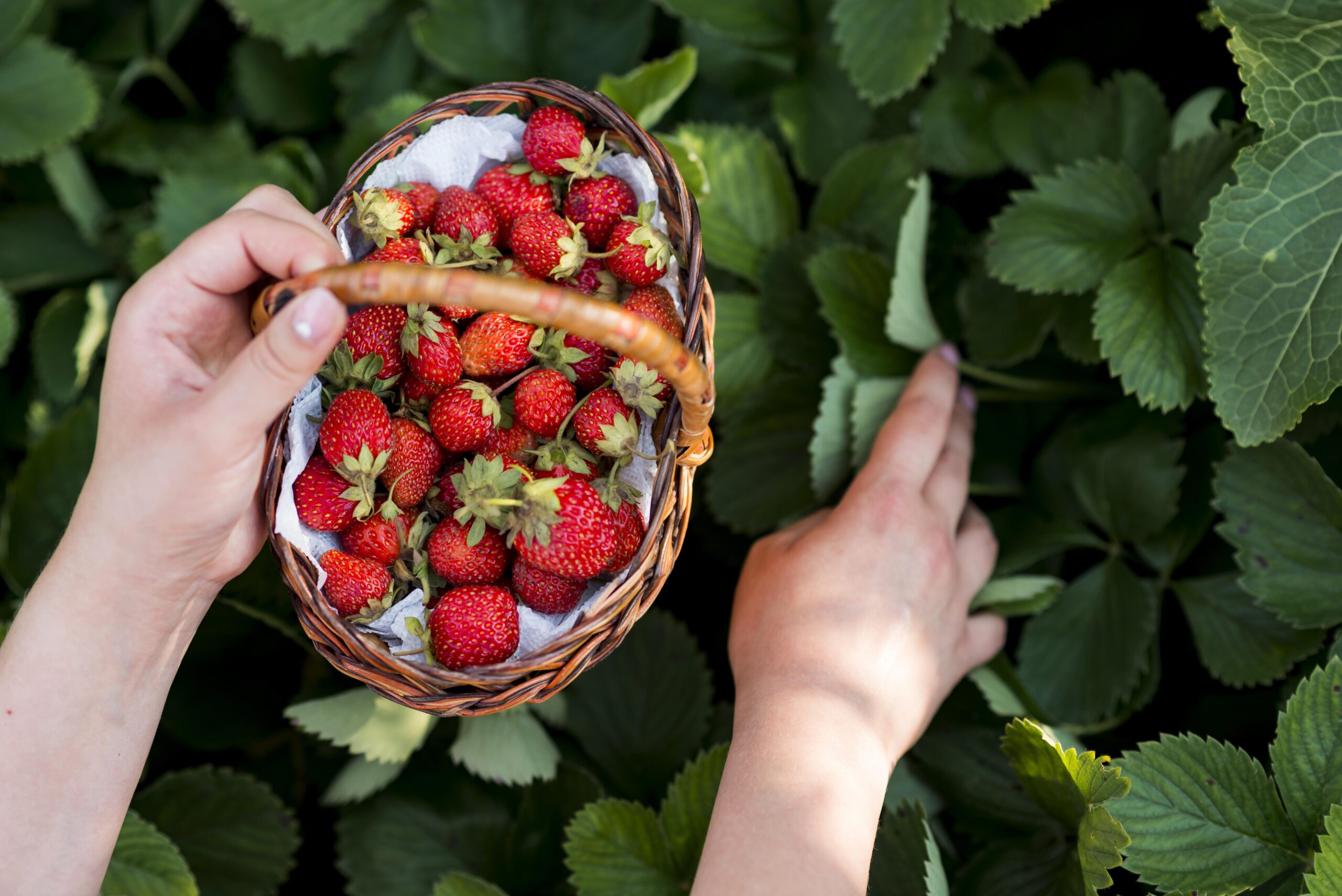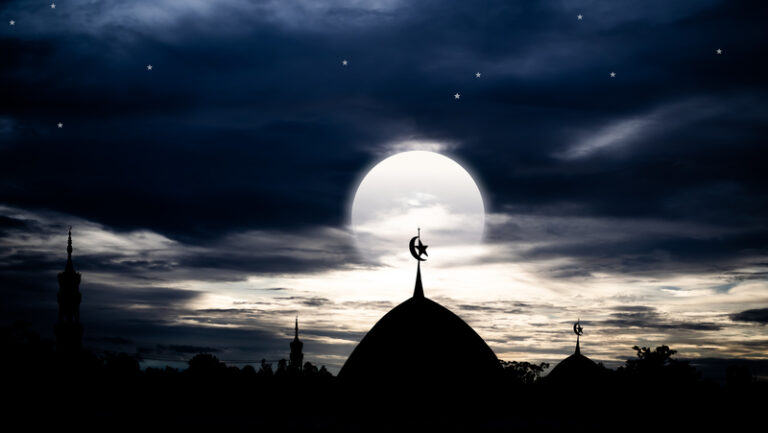Mother’s Day is the annual celebration on the second Sunday in May. People who observe this holiday believe they are honoring their mother, female guardian or mentor by giving gifts, treating them to a meal, and spending time with them. The holiday also honors other types of mother figures, such as step-mothers, foster mothers, and grandmothers. The effect of motherhood upon the community is also a source of interest on the day. Some Catholics associate the holiday with the Virgin Mary. The holiday places third in the amount of cards sent.
Traditions
Traditions associated with the observance of this holiday include:
- Giving gifts or cards. Common gifts include candy, flowers, jewelry, perfume, and other treats. Often, these gifts have a sentimental aspect to them, such as a personal engraving. Elementary aged children may have craft projects at school to make a handmade Mother’s Day gift.
- Visits to mother figures. Perhaps one of the most enjoyable aspects of the holiday for mothers is the time spent with them by their child.
- Special meals. Siblings will commonly gather for a dinner in honor of their mother figure, or at least make time to spend with her.
- Attending religious services. Some Catholics may attend a special service centered on the Virgin Mary, while others may just have a service with a maternal theme.
- Public events such as picnics and other parties.
Mother’s Day celebrations outside of the US may differ in tradition and focus. Australia’s honors Janet Heyden, who organized a program that gives women prisoners gifts every year.
The History of Mother’s Day
Civilizations have been holding celebrations of motherhood since ancient times. The ancient Greeks celebrated the Mother of the Gods, Rhea, with festivals in the spring. The English tradition of Mothering Sunday allowed workers the day off in order to visit their mother church, the one they were baptized in. This day off turned into an occasion for family gatherings, as work schedules would make it difficult to spend much time with each other during the week. Since Mothering Sunday is celebrated on the same day and contain similar themes, the two have mixed together.
Julia Ward Howe and Anna Jarvis, are said to have worked hard to establish a Mother’s Day tradition. Jarvis went on to begin a letter writing campaign and organize Mother’s Day Work Clubs that focused on local cleanliness and health. She chose the carnation to be Mother’s Day’s symbol. Mother’ Day was officially established in 1914, but Jarvis became distressed with the nature of the holiday in the 1920s due to its escalating commercialization. She started traditions by holding Mother’s Day commemorations in her church in honor of her own mother.
Although the idea of Mother’s Day started as an American tradition and continues to be the main country of observance, there are some celebrations outside of the US. Since the creation of the Mother’s Day International Association in 1992, popularity of Mother’s Day globally is said to have increased.
Belgium’s tradition has men bringing mothers breakfast in bed. In China, Mother’s Day has become popular, with carnations as the Chinese association as well. But the main aim of China’s 1997 established Mother’s Day was to improve the quality of life for poor mothers, especially those in rural China. There have been recent movements in China to change the official flower to lilies, which are more characteristic of Chinese culture, as there is a tradition for mothers to plant lilies when their child leaves the house.
France’s Mother’s Day also has a philanthropic theme. The low birth rates of the later nineteenth century inspired a need for a day to honor mothers who birthed many children. In 1920, an official holiday for mothers of large families was established, expanding to commend all mothers in 1950.
Germany adopted Muttertag in 1920 to try and encourage childbearing. During this period, Germany’s birthrate was the lowest in all of Europe. This first version of the holiday was seen as a celebration of motherhood rather than individual mothers, where societies would give support to mothers of large families. The holiday has since evolved to the more common traditions of Mother’s Day.
Florists in the Netherlands can be attributed to the efforts in florists in the 1920s. In order to encourage business, groups protecting Dutch florists promoted the holiday with campaigns. It received much criticism for being commercialistic and anti-feminist, but some still celebrate the holiday today.
Nepal’s Mata Tirtha Aunsi festival is celebrated by giving gifts and worshipping mothers. Observers also honor deceased mothers. One tradition is to make a pilgrimage to the Mata Tirtha ponds.
Motherhood Facts
- There are around 4 million births per year and 2 billion mothers worldwide.
- More phone calls are made on Mother’s Day than any other day.
- The youngest woman to give birth was a five-year-old Peruvian girl.
- The oldest woman to give birth was 63
- Mothers had about 7 to 10 kids in the 1700s. This went down to 3.5 in the 1950s and today it is down to two.
- While many mothers in past centuries commonly gave birth as a teenager, the average age of first time moms is now 25.















